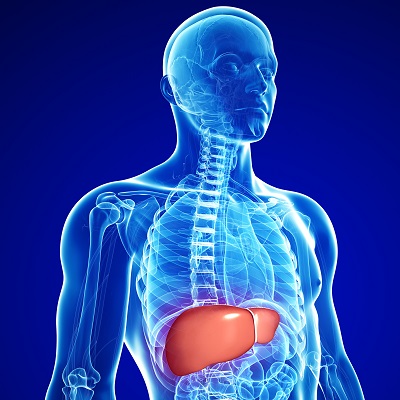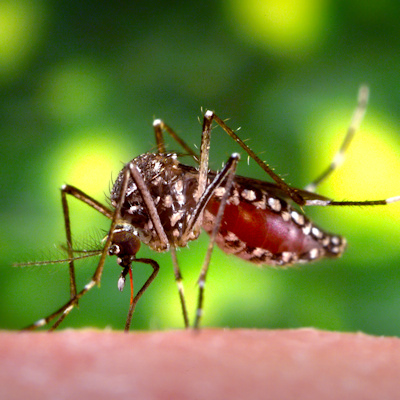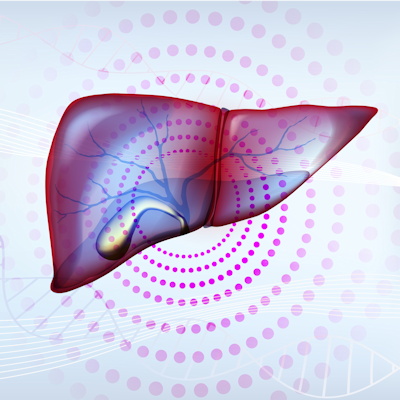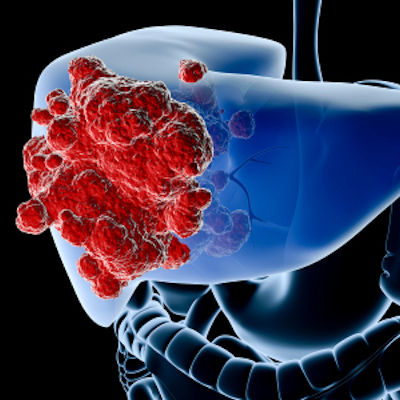April 26, 2023 -- Rational design and directed evolution have created an adeno-associated virus (AAV) capsid that is better at targeting the liver, setting the stage for its use as a gene therapy vector.
The broad tissue tropism and low transduction efficiency of current AAVs are holding back gene therapy by necessitating high doses that cause safety and tolerability problems. In 2020, Moanaro Biswas from Indiana University School of Medicine and collaborators published details of their attempts to develop a novel AAV3B variant that targets the liver and has reduced seroreactivity.
Biswas' latest paper, which was published in the journal Human Gene Therapy, reanalyzes data from the AAV3B development project. The researchers returned to the data after reviewing the work of another team that suggested they took a suboptimal approach to the development of the AAV3B variant. In the paper that prompted the reanalysis, a team from Stanford University raised concerns about adenovirus helper factors and multiple rounds of selection, techniques used by Biswas in the original AAV3B project.
Based on the concerns raised, Biswas and his collaborators questioned whether superior transducing variants from early selection rounds were lost because of the faster replication kinetics of their chosen variant, AAV3B-DE5. To answer that question, the researchers isolated variants from the first three rounds of selection and ran further tests of a potential candidate, AAV3B-V04.
The new capsid candidate had significantly enhanced transduction in liver cells, as shown by tests in mouse-passaged primary human hepatocytes and humanized liver chimeric mice. At the same time, the capsid exhibited significantly reduced seroreactivity to human serum samples. Almost half -- 44% -- of the serum samples with neutralizing antibodies against AAV3B-DE5 had five- to 20-fold lower antibody titers against the new variant, AAV3B-V04.
Overall, the researchers concluded that AAV3B-V04 is superior to its parent AAV3B capsid, as well as to the previously described AAV3B-DE5 isolate. The improved transduction efficiency, tissue tropism, and reduced immunogenicity of AAV3B-V04 make it a potential candidate for translational liver gene transfer studies.
Dr. Terence Flotte, a University of Massachusetts Chan Medical School professor and editor in chief at Human Gene Therapy journal, outlined the potential importance of the new vector in a statement.
"The liver remains a primary target for gene therapy, but the utility of AAV-based gene therapy is still limited by the relatively high doses of vector required and by pre-existing immune responses. Any new AAV capsid that can improve the potency of the vector and allow it to evade pre-existing serum antibodies could be highly significant," Flotte said.
Copyright © 2023 scienceboard.net










